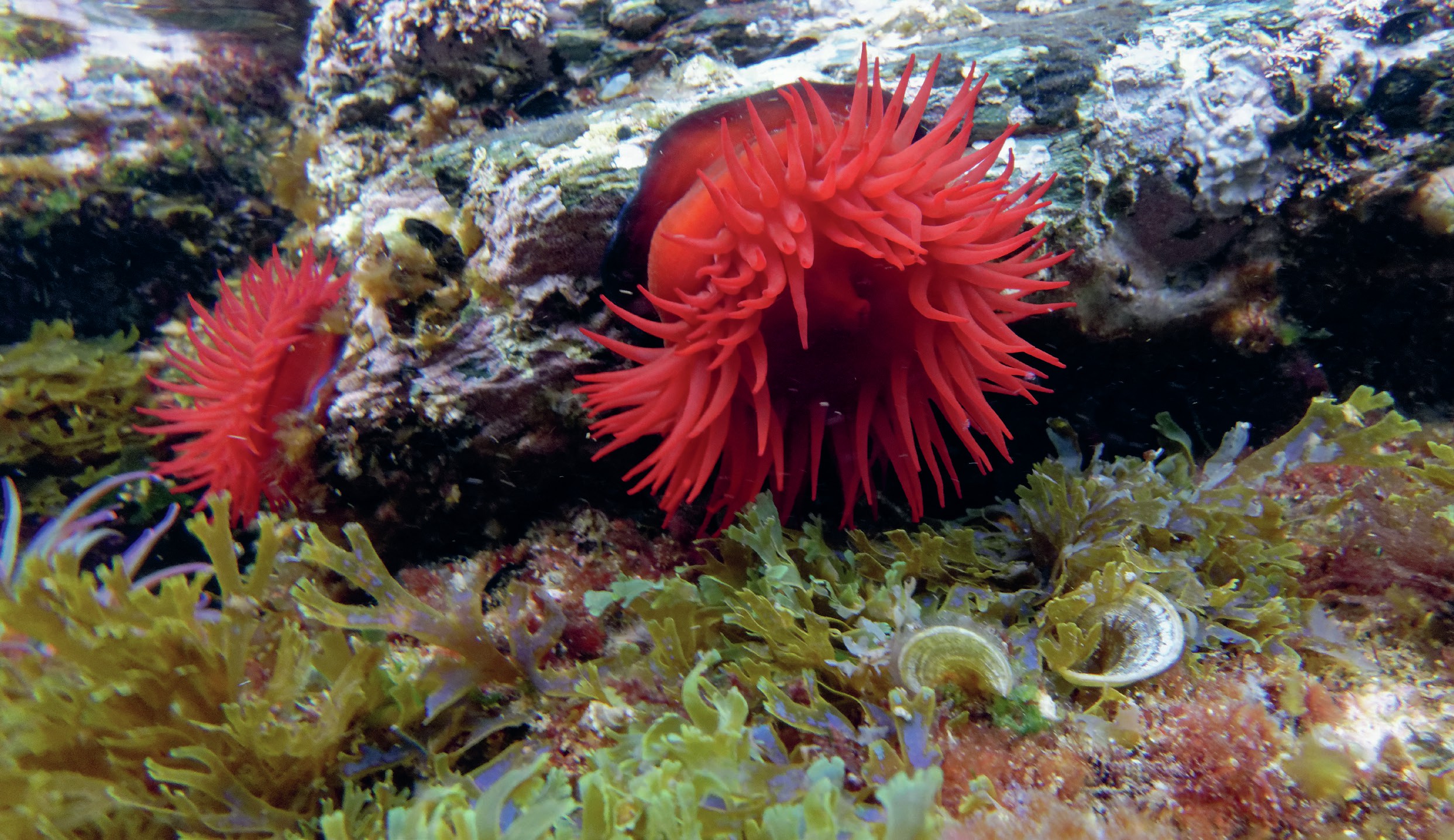
If you put two animals of the same species in identical environments, they may behave differently. If they do, the differences are usually maintained over time. This is the result of animal personality. By taking many individuals of a single species and repeatedly testing certain behaviours, we can make quantitative measurements of differences in personality.
Personality can drive different individuals to change their behaviour in different ways in response to changes in their environment. These changes in behaviour are called behavioural plasticity. By repeatedly testing the behaviour of animals in many environments, we can obtain measurements of differences in behavioural plasticity. Plasticity is important for animals to reduce the negative effects of environmental change, so differences in personality should have important implications for the survival and reproduction (fitness) of different individuals faced with climate change.
Your organisation does not have access to this article.
Sign up today to give your students the edge they need to achieve their best grades with subject expertise
Subscribe




